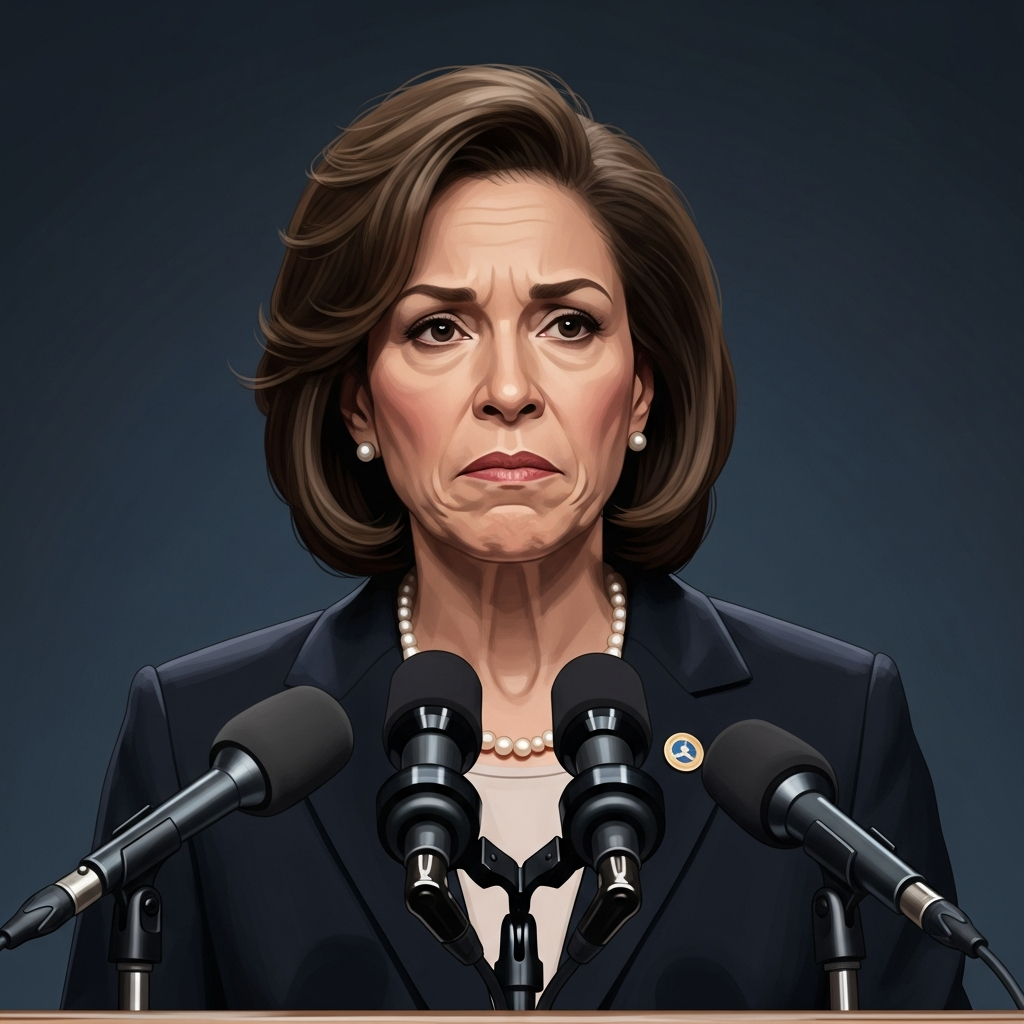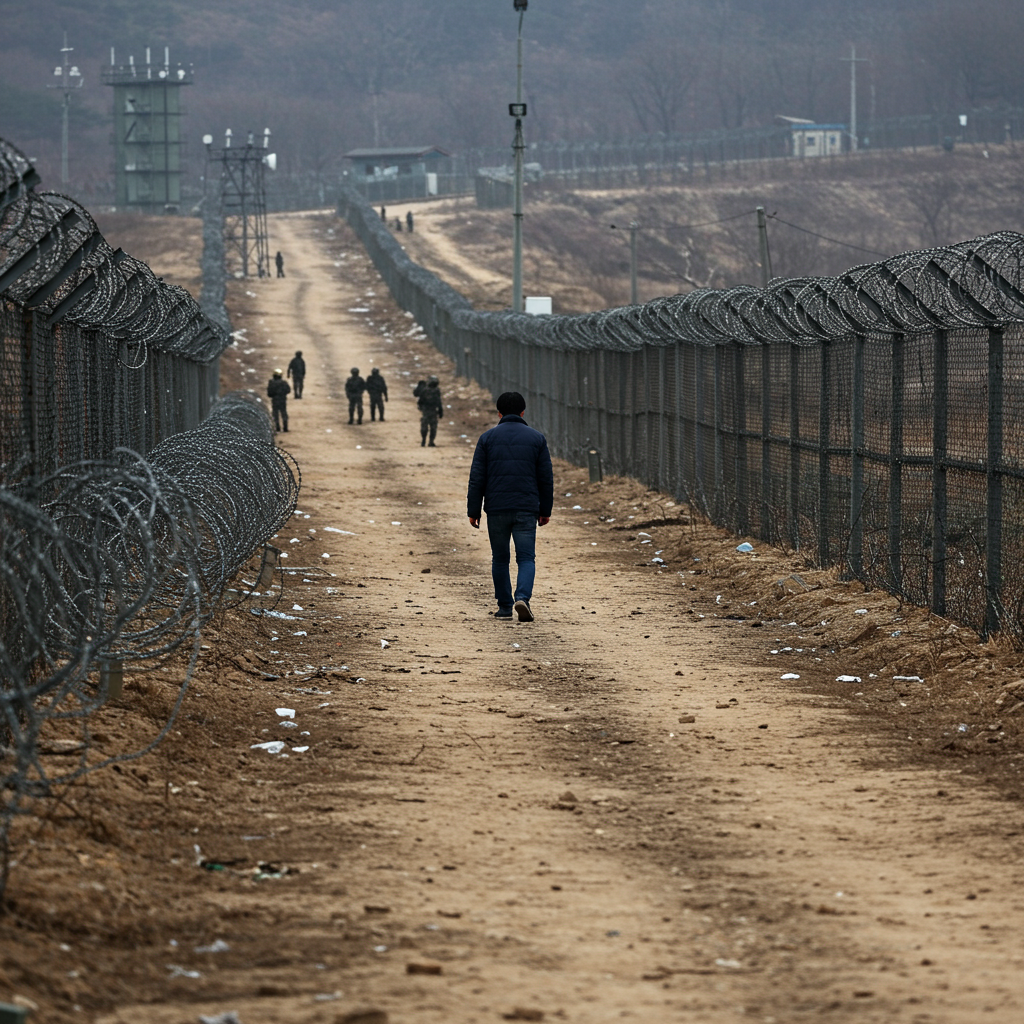WASHINGTON, D.C. – A major legislative push championed by former President Donald Trump has hit a significant roadblock in the U.S. house of Representatives. A key procedural vote stalled this week, sparking public frustration from Trump himself. He took to social media to pressure republican lawmakers holding up the process. The delay comes as GOP leaders work intensely to rally support for the extensive package ahead of a targeted July 4th deadline. This standoff highlights deep divisions within the Republican party over the bill’s scope and specific provisions.
House Gridlock Halts Procedural Vote
The “One Big Beautiful Bill Act,” a sweeping legislative proposal, is facing a procedural hurdle known as the “Rules” vote. Passing this vote is necessary to open floor debate before the House can consider the bill for final passage. However, as of late Wednesday and early Thursday, this crucial step remained incomplete. The standstill unfolded after a different procedural vote took an unusually long nearly eight hours to conclude.
President Trump expressed his impatience just after midnight on Thursday via a post on Truth Social. He contrasted the bill’s proposed benefits – “Largest Tax Cuts in History and a Booming Economy” – with a hypothetical future under opposing policies, which he termed “Biggest Tax Increase in History, and a Failed Economy.” Directing his message at Republican holdouts, Trump demanded, “What are the Republicans waiting for???” He added pointedly, “MAGA IS NOT HAPPY, AND IT’S COSTING YOU VOTES!!!” He later posted, “FOR REPUBLICANS, THIS SHOULD BE AN EASY YES VOTE. RIDICULOUS!!!”
Key Republican Holdouts Identified
Five Republican representatives specifically voted “nay” on the initial procedural maneuver to open debate. these included Reps. Keith Self of Texas, Andrew Clyde of Georgia, Victoria Spartz of Indiana, Brian Fitzpatrick of Pennsylvania, and Thomas Massie of Kentucky. Additionally, eight other GOP members had not yet cast their vote during the standstill. Several of these uncommitted members are reportedly affiliated with the conservative House Freedom Caucus. This influential group has voiced opposition, particularly regarding changes the Senate made to the bill. The Senate passed its version in a narrow 51-50 vote earlier in the week.
Despite the delay, House Ways and Means Chairman Jason Smith (R-Mo.) voiced confidence that the opposing members would eventually support the legislation. Speaking to reporters during the pause, Smith stated, “They’re going to vote for. They’re not opposed to the bill.” He urged his colleagues to not “allow perfection to get in the way of greatness.” Smith predicted the bill would pass and the president would sign it into law by July 4th, challenging reporters to “Record that, see if I’m right.”
What’s Inside the “Big Beautiful Bill”?
The comprehensive legislative package aims to enact significant portions of President Trump’s agenda. It includes a mix of tax policy changes, spending allocations, and reforms to federal programs. A core component involves extending the 2017 tax cuts, which are set to expire. This move is estimated to provide approximately $4.5 trillion in tax breaks. The bill also proposes new deductions, such as for tips and overtime pay.
Beyond tax policy, the bill allocates substantial funds towards border security and military priorities. Around $320 billion is earmarked for these areas. This includes a specific allocation of $46.5 billion designated for construction of a wall along the U.S.-Mexico border and related infrastructure projects. Supporters, like members of the Arkansas congressional delegation, emphasized these provisions align directly with campaign promises.
Deep Cuts to Social Safety Nets Cause Concern
A significant point of contention within the bill is its proposed reduction in federal spending on social safety net programs. The Congressional Budget Office (CBO) estimates the bill includes roughly $1.2 trillion in spending reductions over the next decade. Much of this impact falls on programs like the Supplemental Nutrition Assistance Program (SNAP) and Medicaid.
For SNAP, the bill introduces a new requirement. States would need to cover a portion of food benefit and administrative costs starting in fiscal year 2028. This requirement would apply based on their payment error rate. States with an error rate below 6% would be exempt. However, states like Arkansas, with a 2024 error rate of 9.56%, could face significant costs. Estimates suggest Arkansas might have to cover 10% of its benefit costs without improving its rate. The bill also proposes raising the SNAP work requirement age from 54 to 64 for certain recipients. Eligibility would also be limited to citizens and those lawfully in the U.S. Critics argue these changes could force states to cut benefits or potentially exit the program. Proponents, however, frame the state cost share as an incentive for improved efficiency.
Medicaid also faces substantial changes under the bill. The CBO projected a reduction of $1 trillion in federal funding over a decade for the program. The bill limits ways states can use provider taxes and payments to fund Medicaid services. It also imposes work requirements for certain individuals in state expansion programs. These requirements mandate 80 hours per month of work, community service, or education. States would need to verify compliance. This approach draws comparisons to a previous effort in Arkansas. That program, under former Governor Asa Hutchinson, resulted in many losing coverage before a court struck it down. While proponents argue the bill protects vulnerable groups, the cuts and requirements remain a major point of opposition for some.
Leadership Scrambles Amidst Opposition
The procedural delays underscore the challenge Speaker Mike Johnson (R-La.) faces in uniting his conference. Johnson has been actively working to sway the holdouts. During the standstill, he indicated a willingness to keep the rules vote open “as long as it takes.” Speaking to Fox News, Johnson stated his commitment to his members: “I’ll keep it open as long as it takes to make sure we’ve got everybody here and accounted for and all the questions answered.”
Efforts to secure votes extend beyond the House floor. Republican leaders and White House officials, including President Trump himself, engaged in intense lobbying. Meetings were held with holdouts from both the conservative Freedom Caucus and moderate factions. The strategy involved using the prolonged procedural votes as leverage for negotiations. Representative Ralph Norman, a Freedom Caucus member, indicated that part of the discussions involved potential future actions to address concerns. Supporters described President Trump as heavily involved in the effort to “close the deal.”
However, the vote count remains tight. House GOP leadership can afford to lose only a few Republican votes on party-line issues. The “question of consideration” for the rule passed by an extremely narrow margin, 212-211. This required holding the vote open for about 90 minutes. Securing enough votes to formally adopt the rule, which would allow limited debate without amendments, appeared even more challenging. Prominent Freedom Caucus members, including Rep. Chip Roy and Chairman Andy Harris, publicly stated their opposition to the rule as currently drafted. Their opposition stems partly from the increased cost of the Senate version. The CBO estimated the Senate version added $110 billion over ten years, bringing the total cost to nearly $3.4 trillion – significantly more than the framework the Freedom Caucus had initially supported.
Specific grievances for the holdouts include the higher overall price tag, the deeper cuts proposed for Medicaid compared to the House’s initial version, and specific spending items perceived as “pork.” Provisions benefiting Alaska and Hawaii, reportedly added to gain Senator Lisa Murkowski’s vote, were cited as examples of such contentious items.
The urgency for passage is high, driven by the desire to send the bill to the President before the July 4th recess. However, the internal party divisions and procedural struggles make meeting that deadline uncertain.
Frequently Asked Questions
What is the “One Big Beautiful Bill Act” mainly about?
The “One Big Beautiful Bill Act” is a large legislative package pushed by former President Trump. It includes significant tax cuts, primarily by extending the 2017 rates, estimated at $4.5 trillion. It also allocates around $320 billion for border security and military spending, including funds for a border wall. Additionally, the bill proposes substantial spending reductions, notably impacting federal funding for the SNAP food assistance program and Medicaid, introducing new state cost shares and work requirements.
Why is the bill currently stuck in the House on a procedural vote?
The bill is stalled because it hasn’t passed a crucial “Rules” vote in the House. This procedural step is required to set the terms for debate on the bill before a final vote. A faction of Republican members, including some associated with the House Freedom Caucus, are opposing this rule vote. They object to aspects of the bill, particularly changes made by the Senate, such as increased overall cost, deeper Medicaid cuts, and specific spending items they view as unnecessary additions.
What are the main reasons some Republican holdouts oppose the bill?
Republican members opposing the bill have cited several concerns. These include the increased cost of the Senate-passed version, which is higher than the framework they initially agreed to. They also object to deeper cuts to Medicaid compared to the House’s original proposal and specific spending provisions, sometimes labeled as “pork,” which they argue were added to secure votes from other senators.
The situation in the House remains fluid as Republican leaders work to bridge internal divides and gather the necessary votes to advance the “One Big Beautiful Bill Act.” The outcome will significantly impact key areas of tax policy, federal spending, and social programs, reflecting the complexities of governing with a narrow majority.
Word Count Check: 1162



